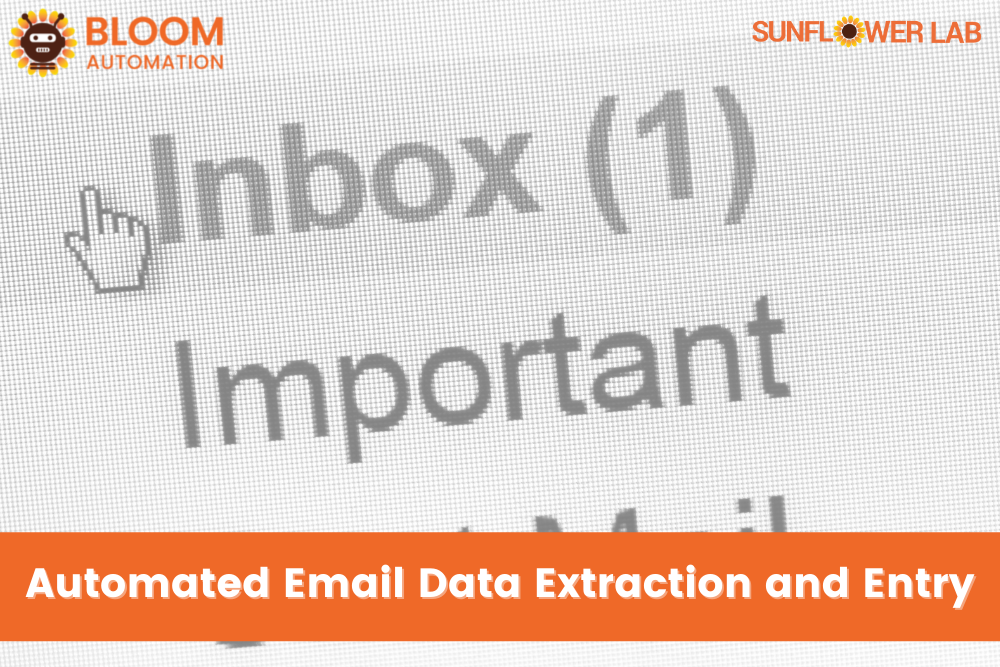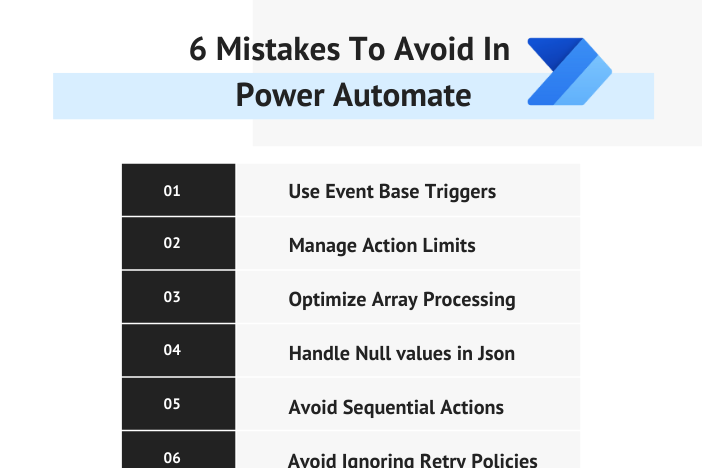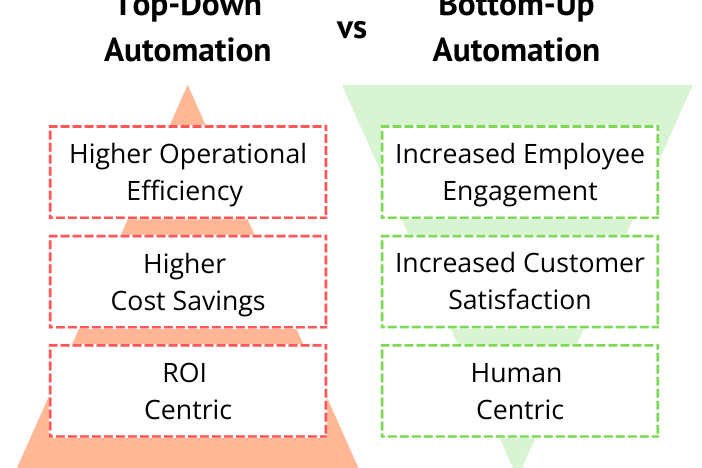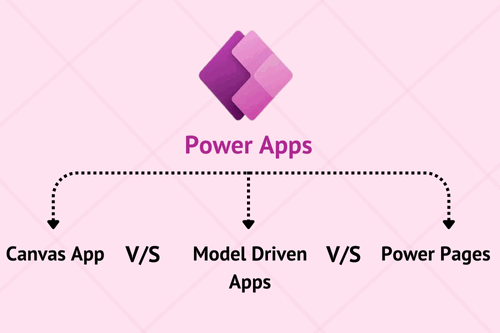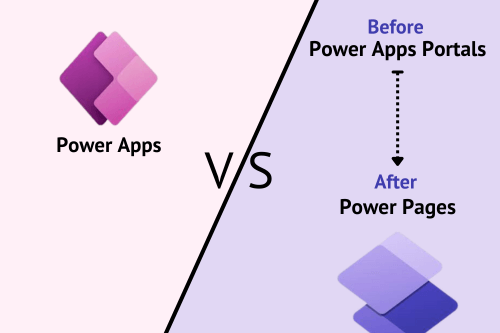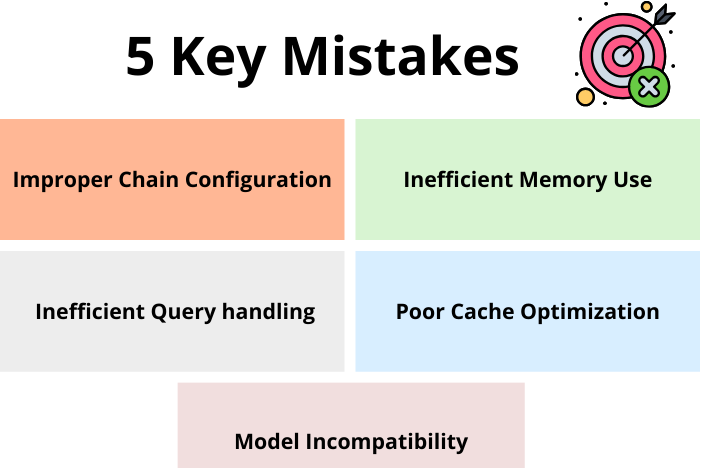Problem
Sapling reports that 58% of a company’s onboarding program focuses on processes and paperwork, so when a new employee joins an organization, the Human Resources department must gather several different types of information from them.
For example, W-4 forms and direct deposit documents are distributed so they can collect data like name, address, the account and routing numbers of the bank account in which they want their funds deposited, and how much of their paycheck the employee wants withheld for federal income taxes.
These files are usually sent to new hires via email and then returned back to the HR specialists inbox when completed. All of this data must then be entered into the company’s accounting software.

Boring, repetitive, time-consuming: all terms HR specialists would use to describe this process. They must toggle back and forth between applications, leaving room for error. And the time knowledge workers spend on this takes away from face-to-face opportunities with the new hire. There’s definitely an opportunity for improvement here.
Solution
Extracting and saving new employee data from documents that are emailed to HR is a perfect job for process automation. Software bots can be programmed to monitor an inbox where new hires send their completed onboarding documents.
Bots can open the emails and download the attachments. Using OCR technology, RPA bots can extract the new hire’s information including bank account numbers and fields from their W-4 form. And just like the knowledge worker would, the bot can log into the organization’s accounting software to create a new profile with all the extracted data.
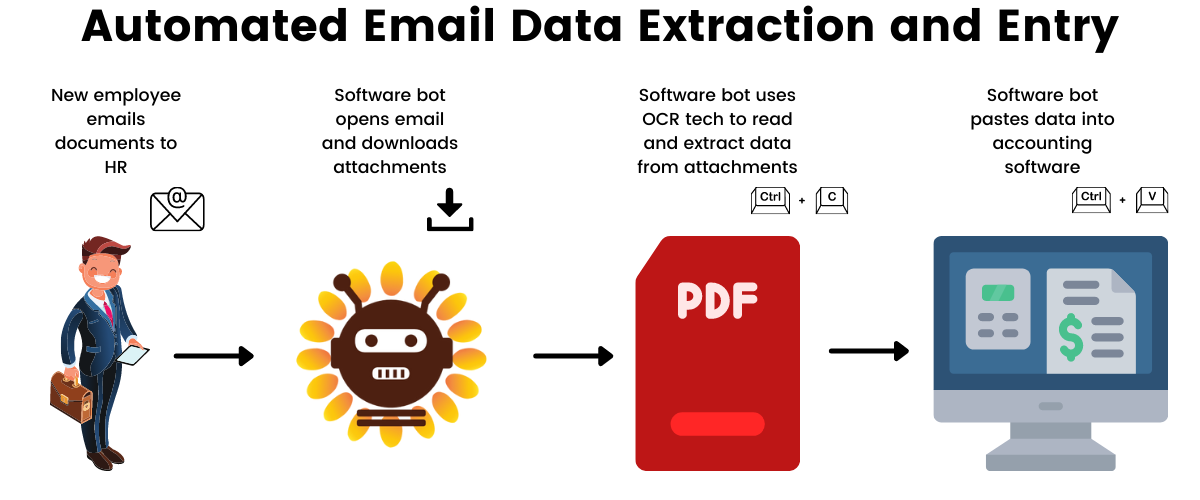
Impact
By automating the process of downloading email attachments and saving the data in a company database, this workflow can be completed more quickly and with fewer errors. This helps the organization achieve more efficiency.
More accuracy means there are no problems with a new hire’s compensation or taxes, so higher compliance. And rather than spending 12 minutes on the manual process, HR specialists can use that time to engage with the new hire in-person to make sure their first day is positive. This experience will be more fulfilling for employees and worthwhile for the new hire.
Additionally, Glassdoor discovered that a solid onboarding program boosts new hire retention by 82%
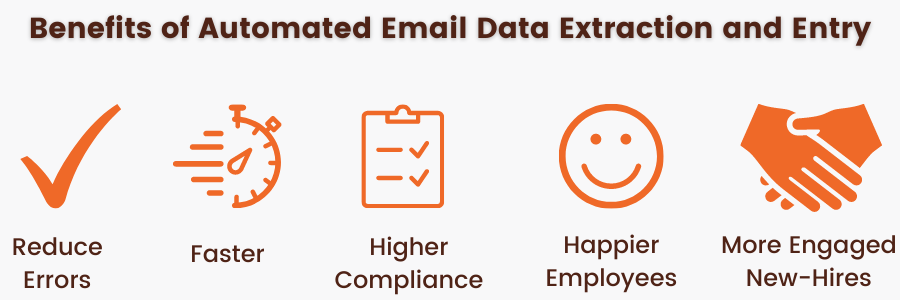
What is the ROI with Automation in Data Extraction?
- Time Savings
Calculate how much time you can save by automating the document extraction process. Think about how many documents you handle, how long each one takes, and how much quicker the process becomes with automation.
Right now, processing each claim form by hand takes about 5 minutes. With the new automated system, we can cut this down to just 1 minute per form. If we’re handling 1,000 forms a day, here’s the time we save:
Manual processing time = 5 minutes/form * 1,000 forms = 5,000 minutes/day
Automated processing time = 1 minute/form * 1,000 forms = 1,000 minutes/day
Time saved = 5,000 minutes/day – 1,000 minutes/day = 4,000 minutes/day
- Labor Costs
With a typical hourly pay of $20 for manual data entry workers, we can figure out the savings in labor costs like this:
Labor cost per minute = $20/hour / 60 minutes = $0.33/minute
Labor cost savings = Time saved * Labor cost per minute
= 4,000 minutes/day * $0.33/minute
= $1,320/day
- Error Reduction
Right now, manual data entry has a 5% error rate. By using an automated solution, we can cut this down to 1%. Errors cost us correction time, customer unhappiness, and possible fines for not meeting standards.
Current error cost = 5% * 1,000 forms * $50/error = $2,500/day
Automated error cost = 1% * 1,000 forms * $50/error = $500/day
Error reduction = Current error cost – Automated error cost
= $2,500/day – $500/day
= $2,000/day
Intangible ROI
- Improved Employee Experience: According to Salesforce research, 89% feel more satisfied with their job using automation. Automating boring, repetitive tasks lets employees concentrate on more important and interesting work. This boosts productivity and job satisfaction, leading to less turnover and a more motivated workforce.
- Improved Data Accuracy: Automation cuts down on human mistakes in data extraction, which means data is more reliable and trustworthy. This boost in data quality is crucial for making smart business choices, which can also help improve customer satisfaction and loyalty.
- Empowered HR Teams: Automating tasks such as data entry lets HR staff focus on more strategic work. They can spend more time on developing employees, managing talent, and creating a positive workplace.
Conclusion
Process automation has a way of allowing humans to work smarter, not harder. In the case of HR department, injecting digital workers into the processes actually allows humans to provide better experiences in the workforce. This creates happier employees, specifically new hires in this case. Also, errors are mitigated, processing speeds increase, and higher compliance is achieved.
This is just one example of how process automation can be applied to human resource workflows. Other RPA use cases in HR include payroll, recruiting, reporting, employee expense reports and more. Learn more about RPA services. For more information and use cases, contact us today
You might also like
Stay ahead in tech with Sunflower Lab’s curated blogs, sorted by technology type. From AI to Digital Products, explore cutting-edge developments in our insightful, categorized collection. Dive in and stay informed about the ever-evolving digital landscape with Sunflower Lab.


